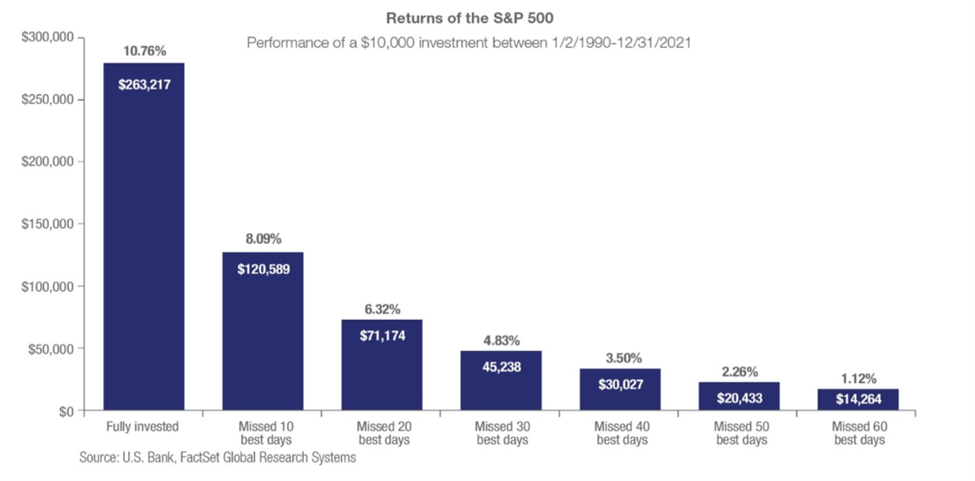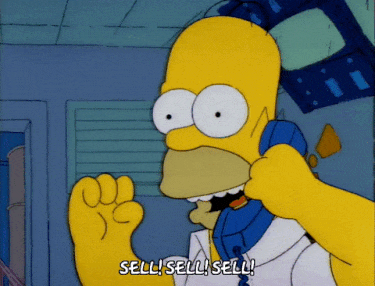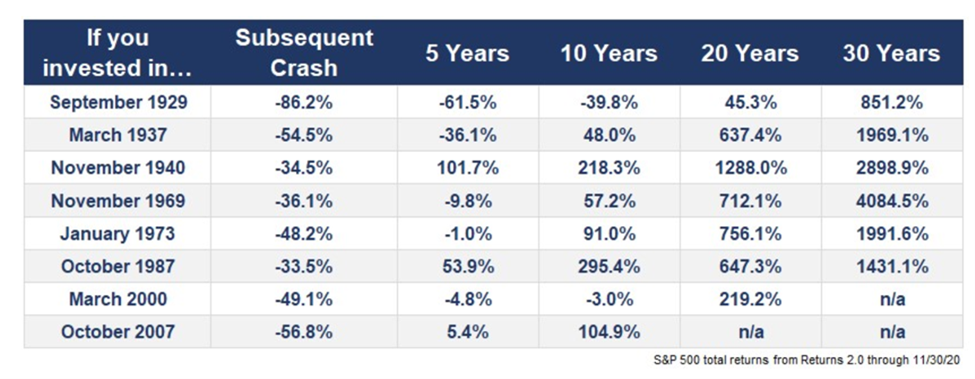When I was 20, my uncle told me one of the best ways to build wealth long-term by doing almost nothing was to invest in the stock market.
I didn’t believe him.
“Buy and hold for the long term and you’ll do well,” he told me. “To really make money, you need to own equity. You’ll never get rich by just saving your salary.”
That conversation changed the way I think about money forever.
Despite the hype these days around trading, one of the best and most popular ways of building wealth long-term is through executing a buy-and-hold investment strategy with discipline. If you’ve ever heard of Warren Buffett, John Bogle, or Peter Lynch, you’ll know these ideals well.
If, however, a buy-and-hold investment strategy is unfamiliar to you, I’d love to share the wisdom that my uncle imparted on me, that could potentially change your financial life as much as it did mine.
What’s Ahead:
What does “buy and hold” mean?
A buy-and-hold investment strategy focuses on buying financial (e.g., stocks, ETFs) or real (e.g., real estate) assets with the intent of holding them for long periods of time, despite the ups and downs of the market or economy.
It is typically a more passive style of investing that forgoes active trading, shorting, market timing, or any other activities that involve buying and selling assets over short time periods.
Read more: How to invest in stocks: the beginner’s guide to the stock market
The pros of buy and hold
Since the buy-and-hold strategy has done wonders for Warren Buffett, you’re probably wondering why it’s gained such a good reputation. In general, this is because a buy-and-hold approach tends to:
- Brings investors some calm in market storms.
- Increases the odds of making money and not losing money.
Bringing calm in a storm
Since buy and hold is more passive than active trading, it allows investors to put money consistently into a set of investments they understand and believe in without worrying about short-term fluctuations in the market.
As many of us may not have experienced periods of extended market volatility (until maybe now), the buy-and-hold approach can let investors sit back and forget about the market’s short-term gyrations (depending on time horizons, risk tolerance, and risk capacity).
Read more: Why you shouldn’t care about a stock market drop if a recession hits
When markets are volatile, being more hands-off with your portfolio is a good thing. According to U.S Bank, those who jumped in and out of the market over time had a much higher likelihood of missing out on the best days of market performance, which ate substantially into their returns.
If you had invested $10X in the S&P 500 on January 1, 1990, and held it until December 31, 2021, you would have 26X’ed your money. Conversely, if you had missed out on the best 60 trading days during that period, you would have only 1.43X’ed your money.

Source: USBank.com | Screengrab by Aubrey Chapnick

Source: Giphy.com
That’s the power of buy-and-hold investing. It saves you from yourself when it comes to panic selling.
The buy-and-hold approach also stops investors from the temptation of trading, as these types of activities rarely end well for most investors.
Read more: Are you at risk of YOLOing away your savings by trading too much?
Putting the odds in your favor
In addition to shielding you from market ups and downs, a buy-and-hold strategy increases your odds of making money and not losing money.
Given the power of compounding — or what Albert Einstein calls the “eight wonder of the world” — the longer you’re in the market, the less likely you are to lose money.
Read more: If you still don’t believe in the power of compound interest, you have to see this
Between 1929 and May 2022, an investor had the following set probabilities of losing money in the S&P 500:
- 46% any given day.
- 26% over 1 year.
- 6% over 10 years.
- 0% over 20 years.
While past performance does not guarantee future returns, there is lots of data to suggest that a buy-and-hold strategy is one of the most reliable ways to build wealth.
The same holds true for those who invested at market peaks. The longer the buy-and-hold time horizon, the better the odds of coming out ahead.

Source: Ben Carlson, “A Wealth of Common Sense” | Screengrab by Aubrey Chapnick
The cons of buy and hold
While buy and hold sounds great, it does have a few drawbacks:
- If you aren’t buying the market, it’s hard to know what to buy.
- When the market falls, it still hurts, and can for a while.
If you aren’t buying the market, it’s hard to know what to buy
If you follow Warren Buffett, you know that in addition to being a buy-and-hold investor, he’s also an expert stock picker. Warren currently manages a portfolio of ~50 holdings (versus the 500 of the S&P 500) with the company that holds his stock portfolio, Berkshire Hathaway, carrying a strong record of beating the S&P 500 over the last two decades.
With an average holding period of 20 years (versus 5.5 months for other investors), Warren has developed incredible expertise in identifying the right stocks to buy and maintained conviction in them.
Comparing Warren’s results with the research on stock picking that concludes most stock pickers don’t outperform the market and active traders end off far worse, it’s easy to see how buying and holding individual stocks can be dangerous if you aren’t Warren Buffett.
In fact, there are many market experts out there like Nick Maggiulli (recent author of “Just Keep Buying”) who have done substantive research to conclude that you shouldn’t even bother picking individual stocks.
Since there is little data to support that the average investor can execute a Warren Buffett-like strategy, buying and holding the market over long periods of time tends to afford the highest probability of success.
When the market falls, it still hurts and can for a while
No matter what you invest in, corrections, bear markets, and crashes are inevitable. In the event of a downturn, buy-and-hold investors can experience periods of significant prolonged losses if they choose not to sell their holdings.
As humans, we understandably have difficulties dealing with these types of losses in the hopes of a turnaround.
All investors need to be OK with accepting this risk of investing but buy and hold’ers must especially. When the market is down and you are seeing red, it feels good to sell. From my own experience trading individual stocks, I know this feeling too well.
But in the words of Charlie Munger (Warren Buffett’s partner), “If you’re going to invest in stocks for the long term or real estate, of course there are going to be periods when there’s a lot of agony and other periods when there’s a boom. You just have to learn to live through them.”
Read more: How to determine your investing risk tolerance
The bottom line
When you look at the data, it’s clear to see that a buy-and-hold investment strategy is a great way to build wealth over the long term — if it’s done right.
If you do have an active trading or stock picking itch though, consider allocating a small piece of portfolio as “fun” money and have at it.
We all need to leave some space for fun, right?
Featured image: PX Media/Shutterstock.com


